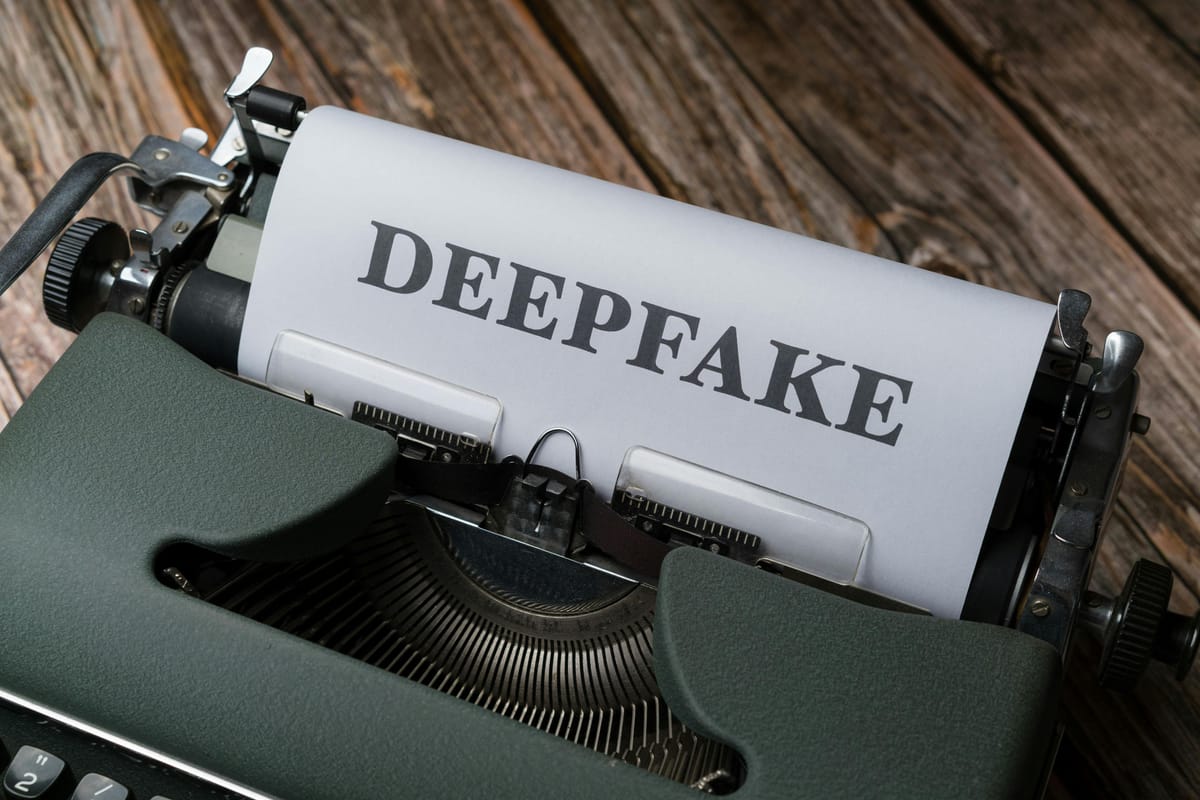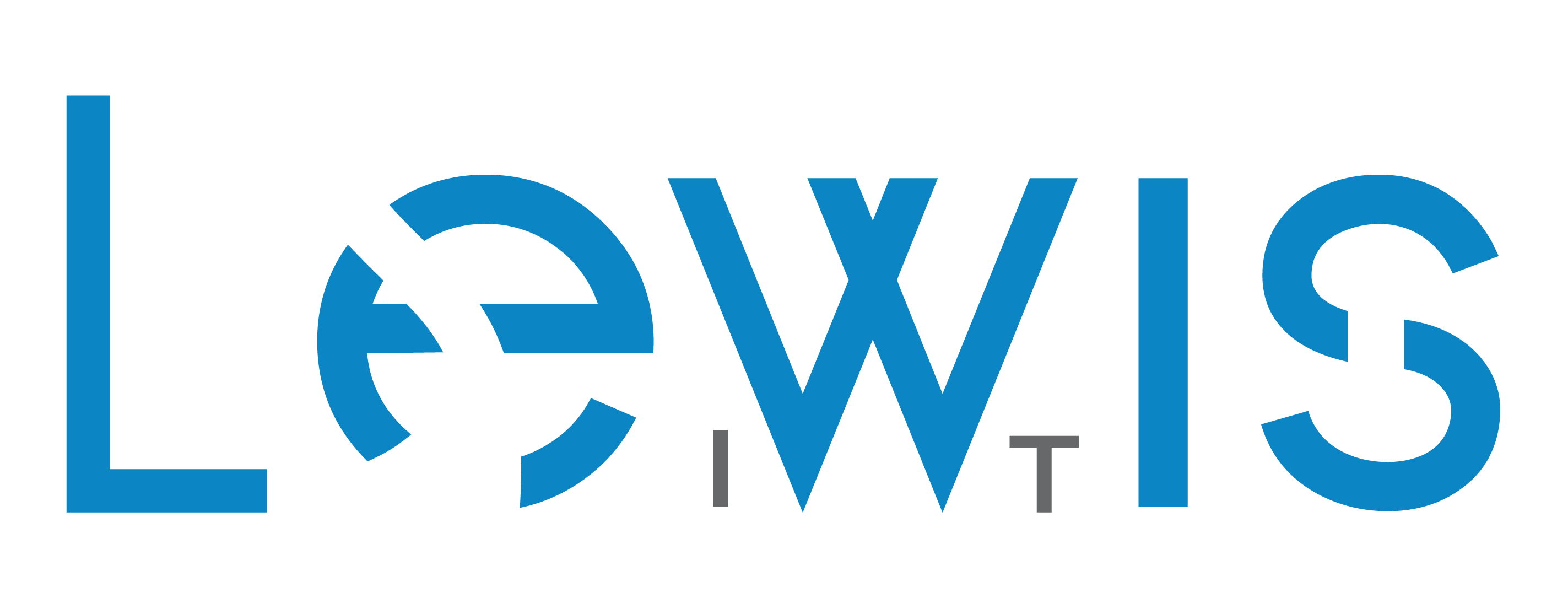Decoding Deepfakes: How to Spot Fake Videos, Audio, and Text in the Digital Age

In an era where seeing is no longer believing, the rise of deepfakes—sophisticated artificial intelligence-generated content—presents a new challenge in digital trust. Whether it’s a seemingly scandalous video of a celebrity or an urgent email from your boss, the authenticity of digital content is under constant threat. Lewis IT is here to guide you through identifying and protecting against these advanced manipulations, ensuring your digital safety in a world of synthetic media.
Understanding Deepfakes and Their Implications
Deepfakes utilize powerful AI to create or alter video and audio recordings that convincingly depict people saying or doing things they never did. Originally intended for entertainment and creative expression, this technology has been co-opted for malicious purposes, including misinformation, reputation damage, and even influencing financial markets. In one notable instance from 2024, a fake robocall mimicking a political candidate's voice sought to mislead voters—a stark reminder of the potential misuse.
How to Identify and Combat Different Types of Deepfakes
Face-Swapping Deepfakes
These are perhaps the most recognizable, where one person’s face is digitally grafted onto another's body. To detect these:
- Look for inconsistencies such as unnatural lighting or facial expressions.
- Evaluate the source; trust content from reputable platforms over unknown origins.
- Listen for audio mismatches where the voice may not align with the person's usual tone or style.
Lewis IT can assist you in setting up systems to scrutinize and verify the authenticity of media content, enhancing your organizational or personal media literacy.
Deepfake Audio
Synthetic voice technologies can mimic anyone’s voice with alarming accuracy. To spot fake audio:
- Assess audio quality for any robotic undertones or unusual cadences.
- Analyze content for messages that seem out of character or implausible.
- Confirm independently from reliable sources to ensure the audio’s claims are valid.
Lewis IT offers solutions to safeguard against audio deepfakes, including secure communication tools that verify identity.
Text-Based Deepfakes
AI can now also replicate writing styles, creating deceptive texts, emails, or articles. Detect them by:
- Reading critically to spot any deviations in style or unexpected grammatical errors.
- Checking facts against trusted information to validate content authenticity.
- Being cautious of emotional manipulation, a common tactic in fake writings to provoke reactionary responses.
Lewis IT’s cybersecurity training includes sessions on how to discern and react to suspicious communications effectively.
Manipulated Object Videos
Advanced deepfakes can alter objects within videos, making it look like events occurred that did not. To detect these:
- Watch for physics anomalies where object movements don’t align with natural laws.
- Compare with original footage when available, to spot potential manipulations.
Protecting Yourself with Lewis IT’s Device Security Checkup
As deepfakes become more common in phishing attacks, protecting your devices is crucial. A single accidental click on a deepfake could compromise your system. Lewis IT provides comprehensive device security checkups to identify and eliminate any threats, ensuring your hardware remains secure against all forms of cyber threats.
In the age of deepfakes, staying informed and vigilant is your first line of defense. Trust Lewis IT to equip you with the tools and knowledge to navigate this complex landscape confidently. Contact us today to learn more about our services and how we can help you stay one step ahead of digital impersonators.

